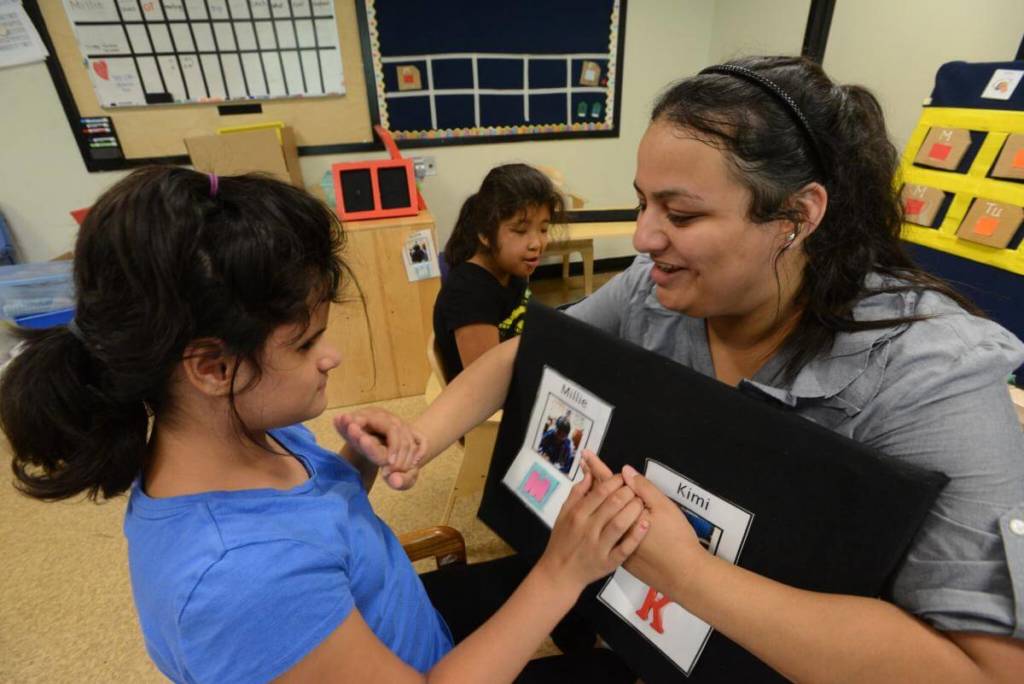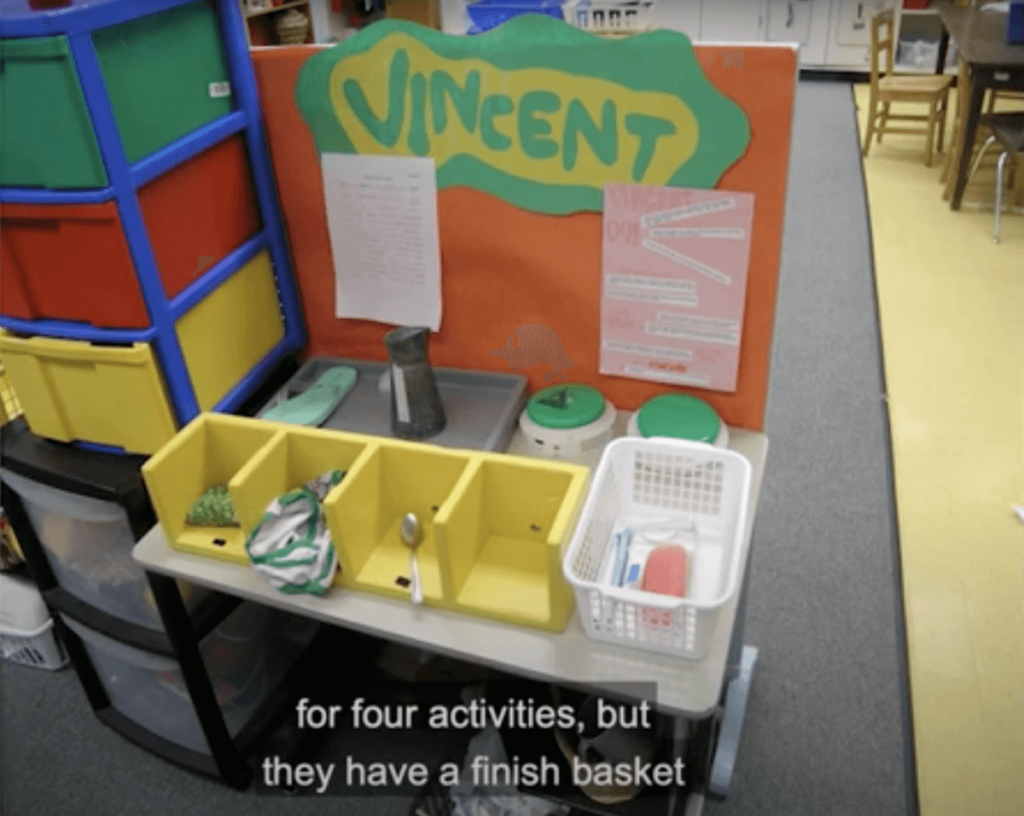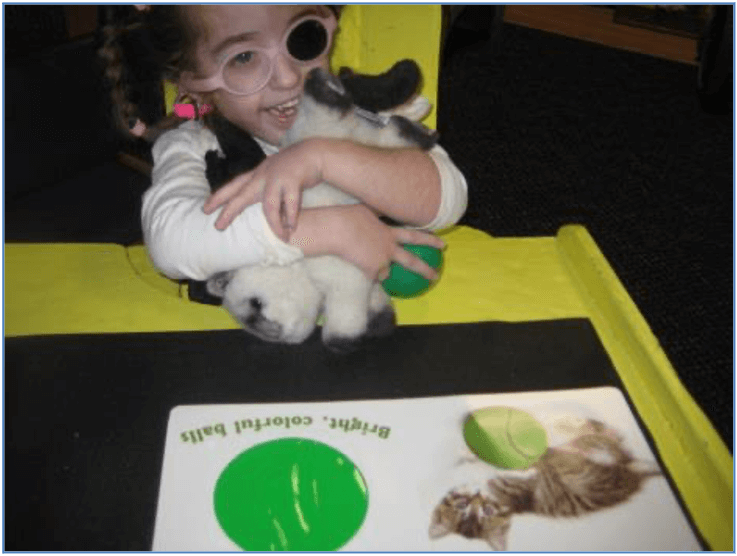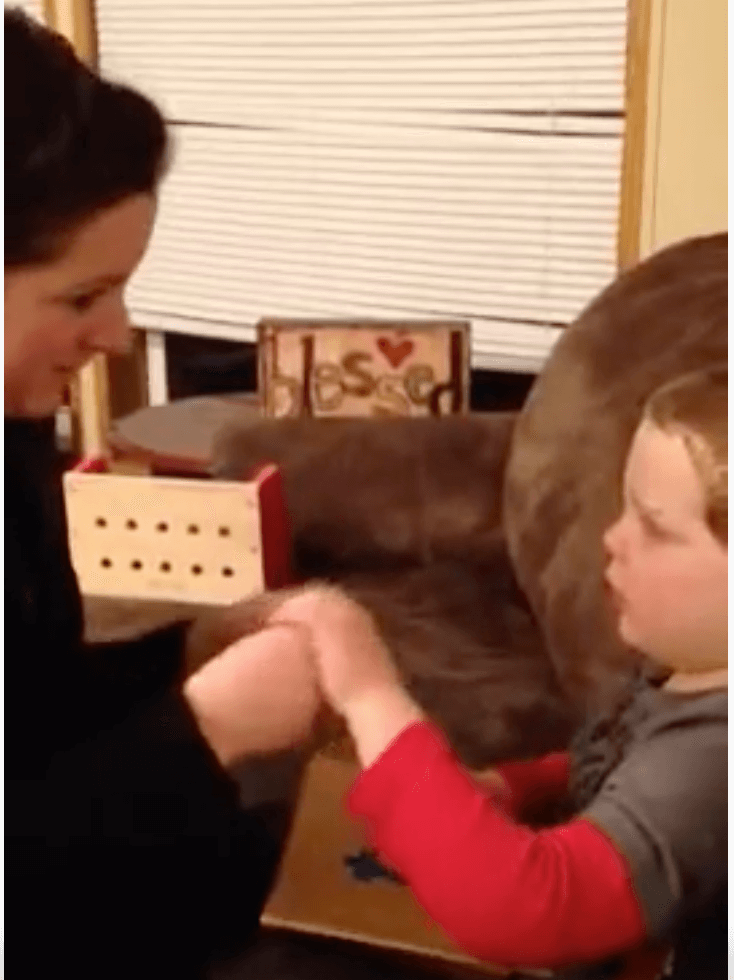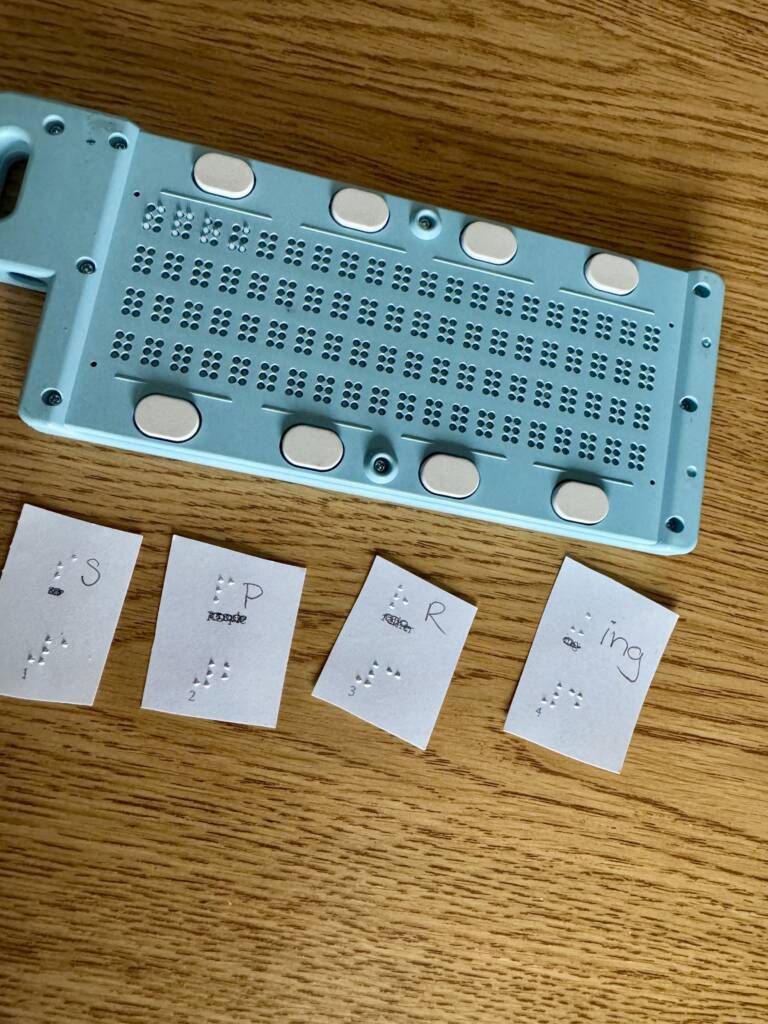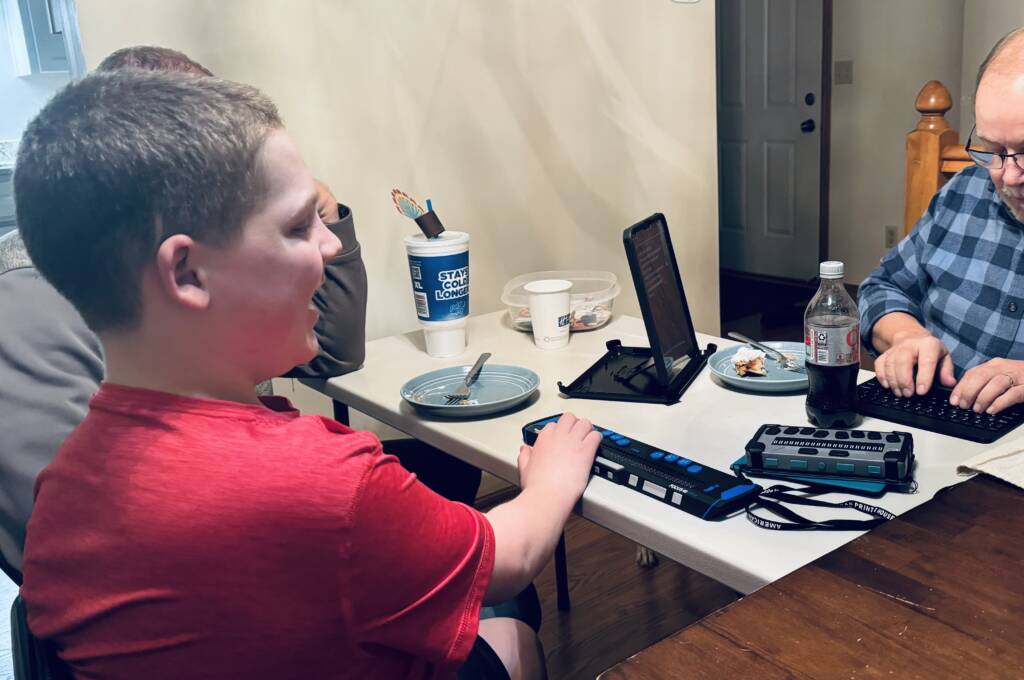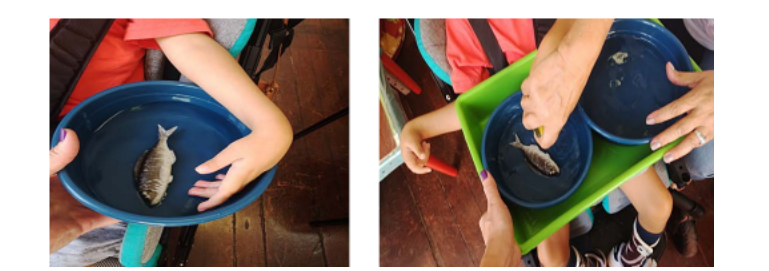Overview
Deafblind fundamentals
Children who are deafblind function at all different levels, depending on a number of factors. They may be able to read print and use speech to communicate or they may be braille readers who are profoundly deaf. They often have additional disabilities and may use limited symbolic communication. What resources are available to support their literacy development?

